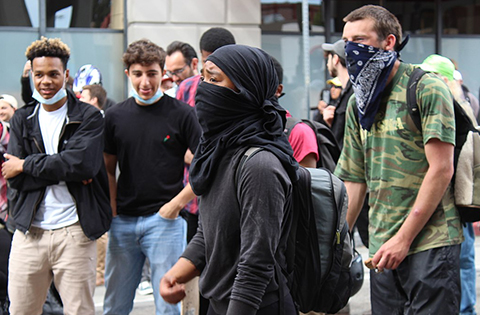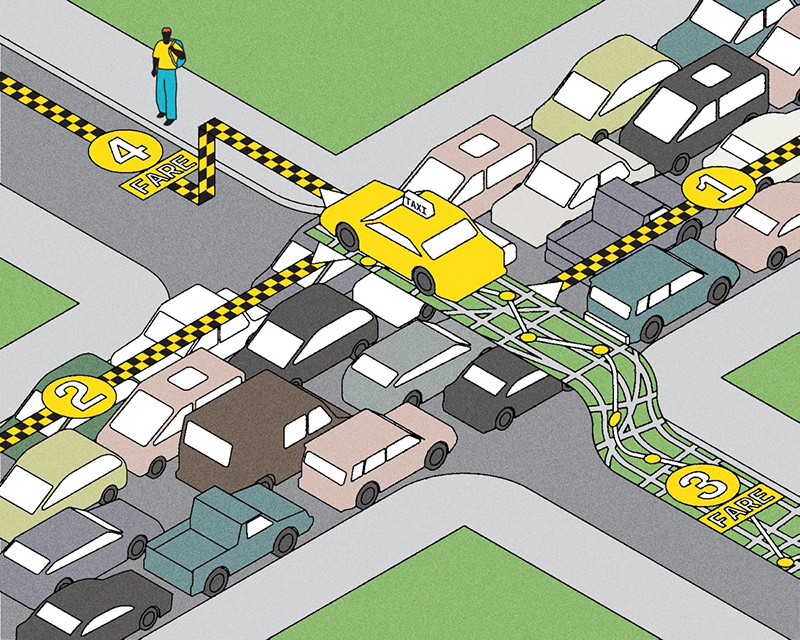When Donald Trump famously said last summer that there was “blame on both sides” regarding the violence in Charlottesville, Virginia, he was referring to the neo-Nazis on the right and the “antifa,” or anti-fascists, on the left.
The antifa movement began in 1930s Europe but has been in the news recently for clashing with white supremacists in the U.S., notably at an alt-right rally in Berkeley, California.
Antifa stands out from other liberal and left movements, says Alex Hanna, a professor of information at U of T Mississauga, because its members are willing to destroy the property of – and inflict violence on – white nationalists. They can also be violent toward corporations and police, whom they see as complicit in perpetuating racism and white supremacy. The antifa ideology tends to be “anti-state and left libertarian,” says Hanna, favouring “small groups working together.”
Recent Posts
People Worry That AI Will Replace Workers. But It Could Make Some More Productive
These scholars say artificial intelligence could help reduce income inequality
A Sentinel for Global Health
AI is promising a better – and faster – way to monitor the world for emerging medical threats
The Age of Deception
AI is generating a disinformation arms race. The window to stop it may be closing




